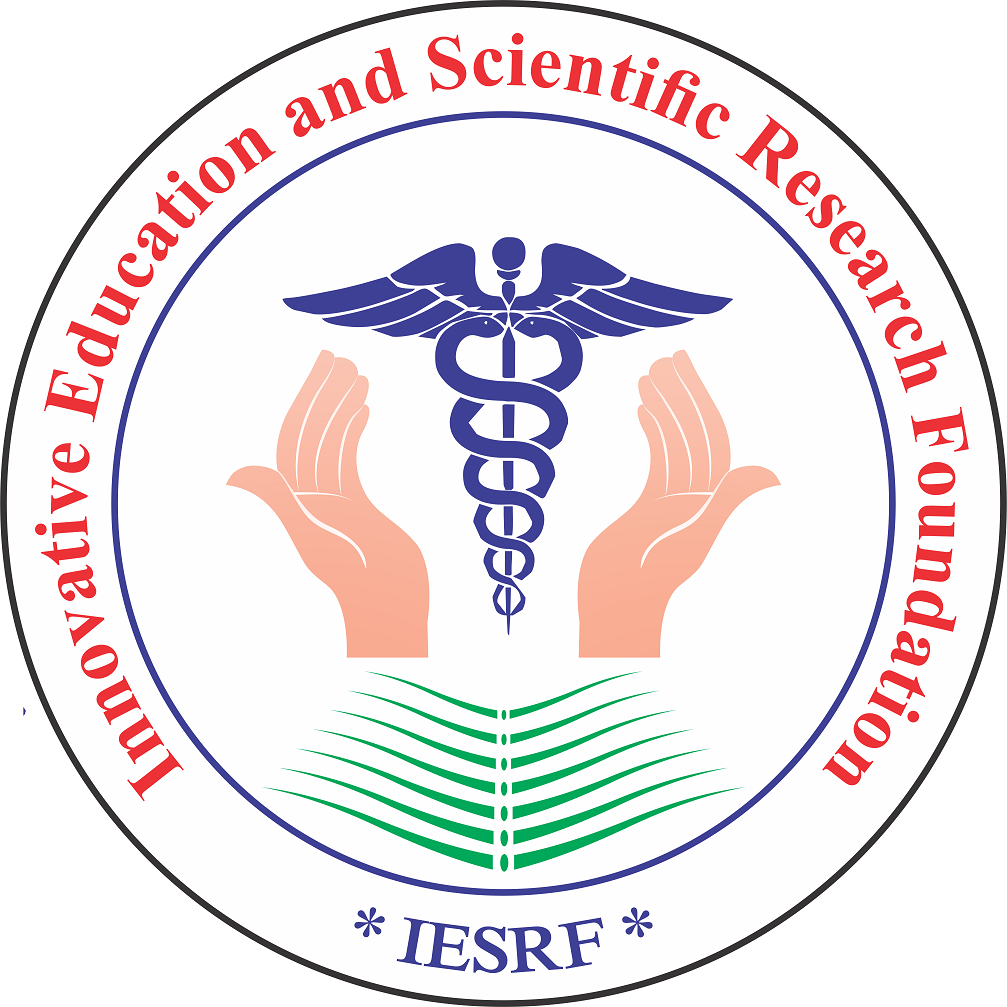This research assesses the use of AR in developing and enhancing the knowledge of pharmaceutical workers and also increasing efficiency in the preparation and handling of medications. Both qualitative and quantitative data are used; that is pre-test and post-test results, surveys, observation and interviews. The study shows that the application of AR in training increases the level of knowledge and skills, as well as the interest in course materials as compared to more conventional training. To be specific, compared with traditional procedures, the real-time direction function of AR has also brought down the possible procedural errors significantly and increased the overall compliance with standard operational guidelines and regulations by the personnel, thereby increasing the quality and safety of the pharmaceutical products being manufactured. Users’ attitude was found to be positive towards the use of AR technology but the key barriers identified include initial learning that may take some time and the constant updates of AR technology. Business profitability analysis shows that although the installation of AR technology requires an initial investment on the side of trainers, they shall incur less trainings and errors in future. Thus, while some of the limitations of the study include a high cost of the AR system and the controlled experimental setting, the findings present a promise of the innovative effects that may be achieved in the pharmaceutical training and operation. It will be necessary for future studies touching on the issues of AR implementation to be done in other real life practical settings to corroborate these results. In conclusion, AR can be deemed as a rather valuable tool helpful in increasing the efficiency and effectiveness of dominating processes within the pharmaceutical industry related to both manufacturing and administration.
Keywords: Pharmaceuticals, AR Operations, Professionals, AR training, Pharmaceutical products
